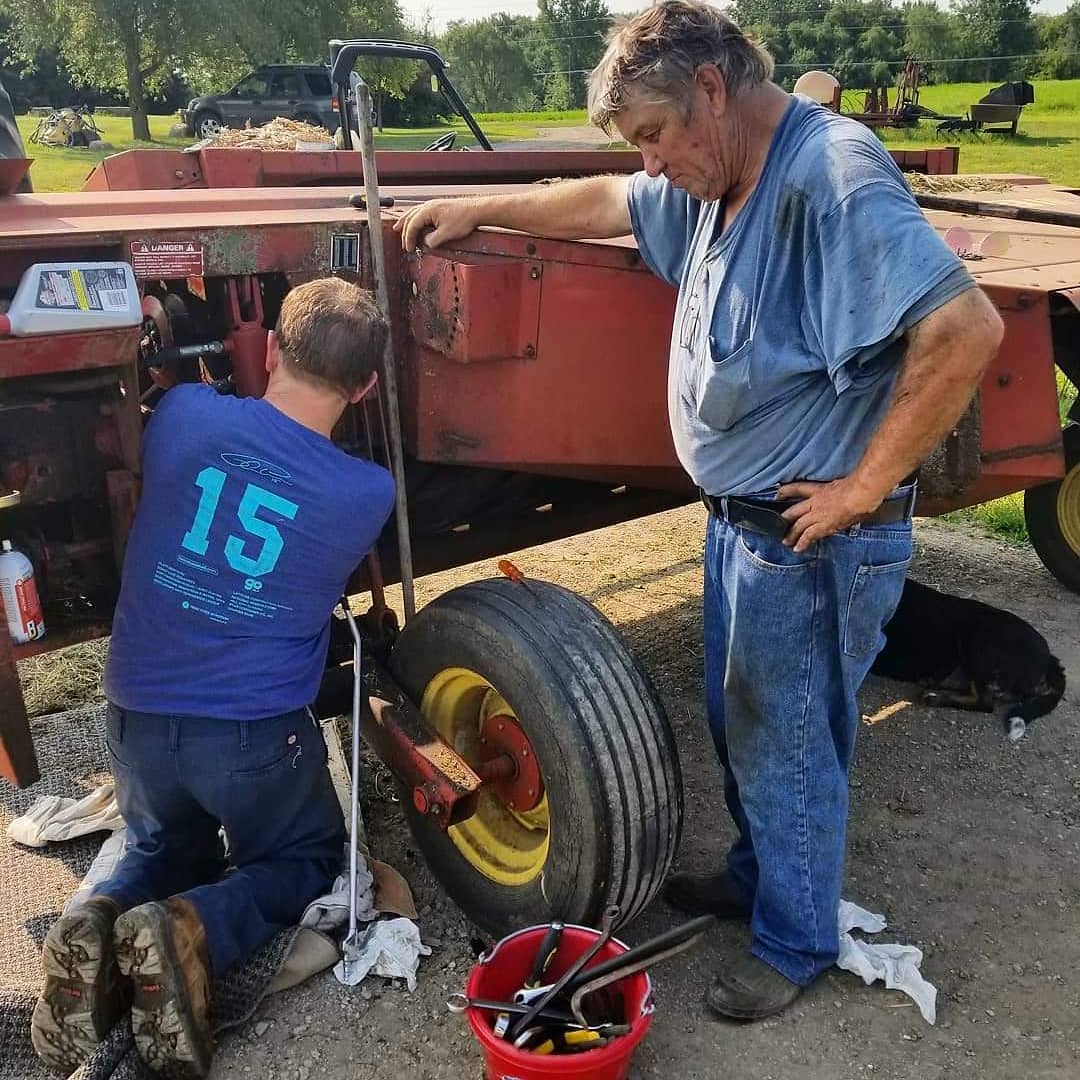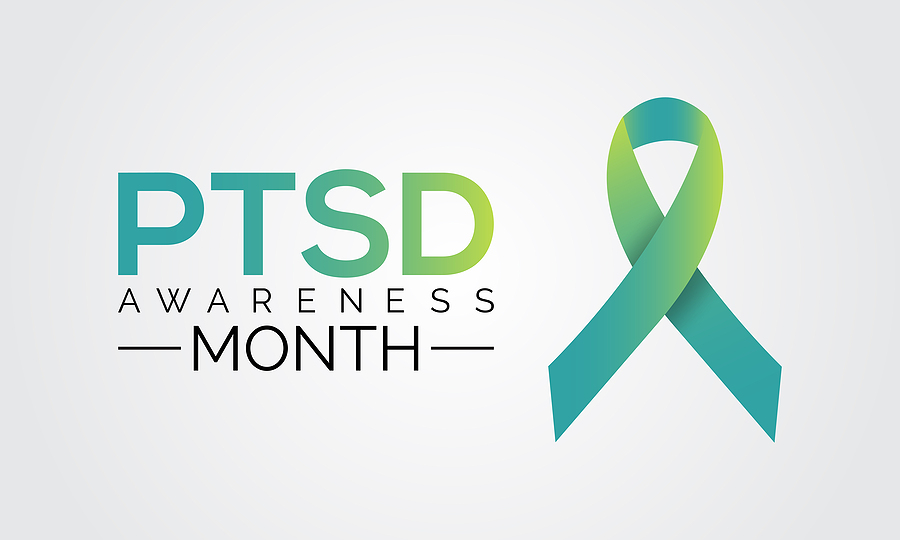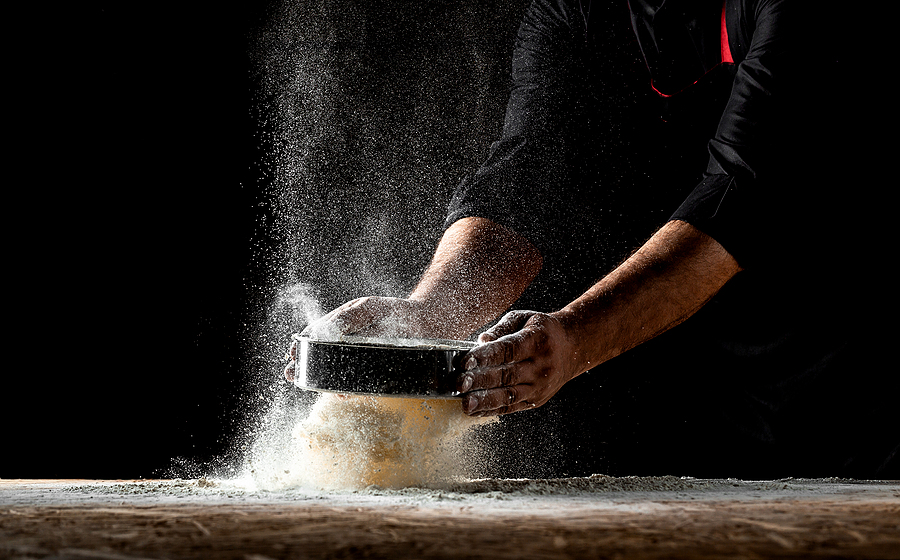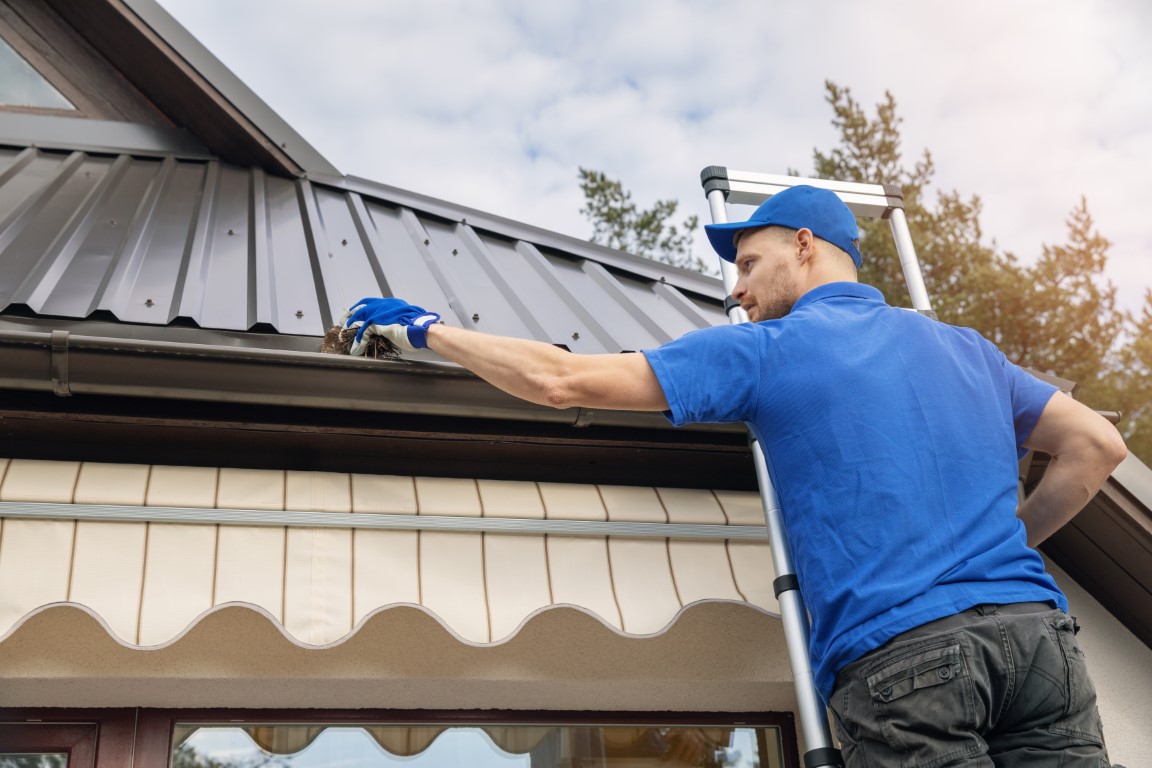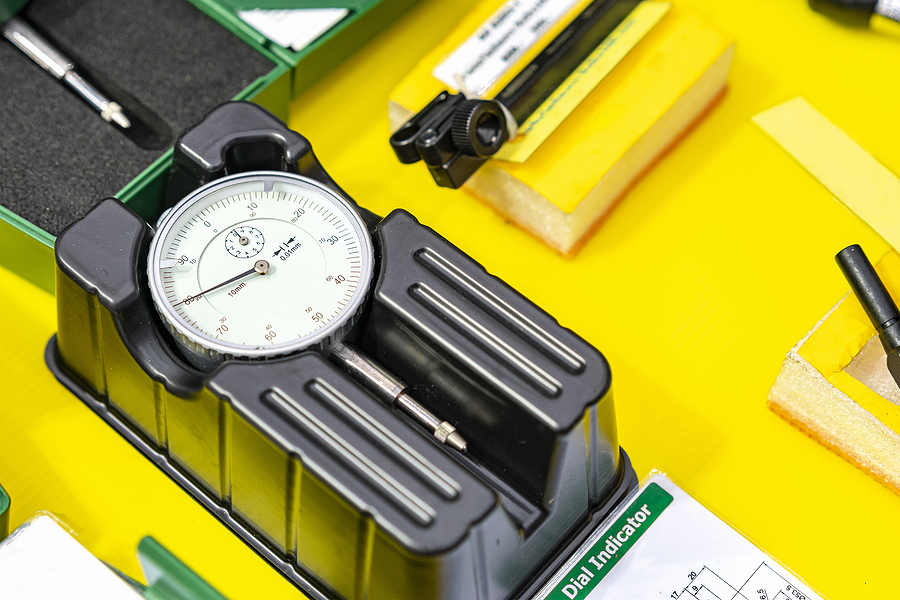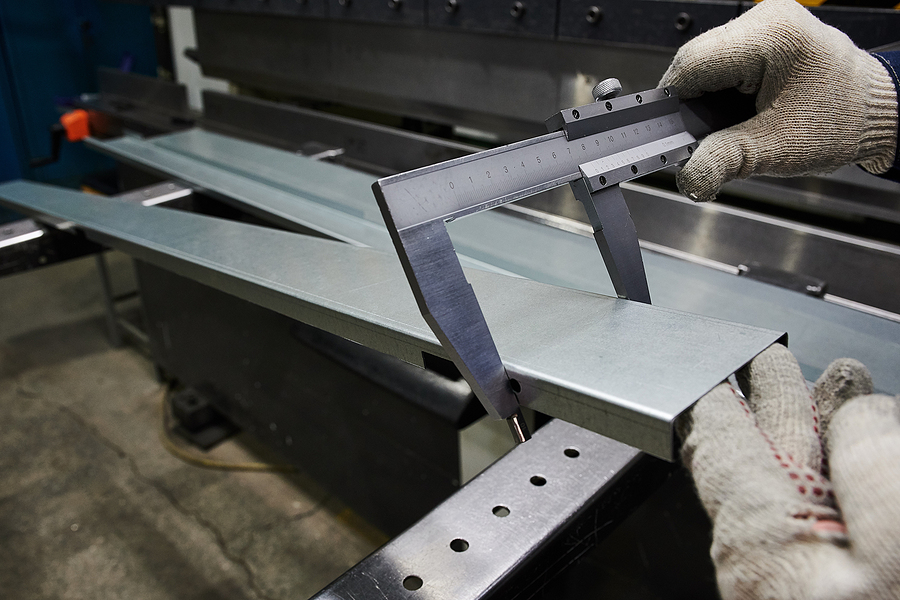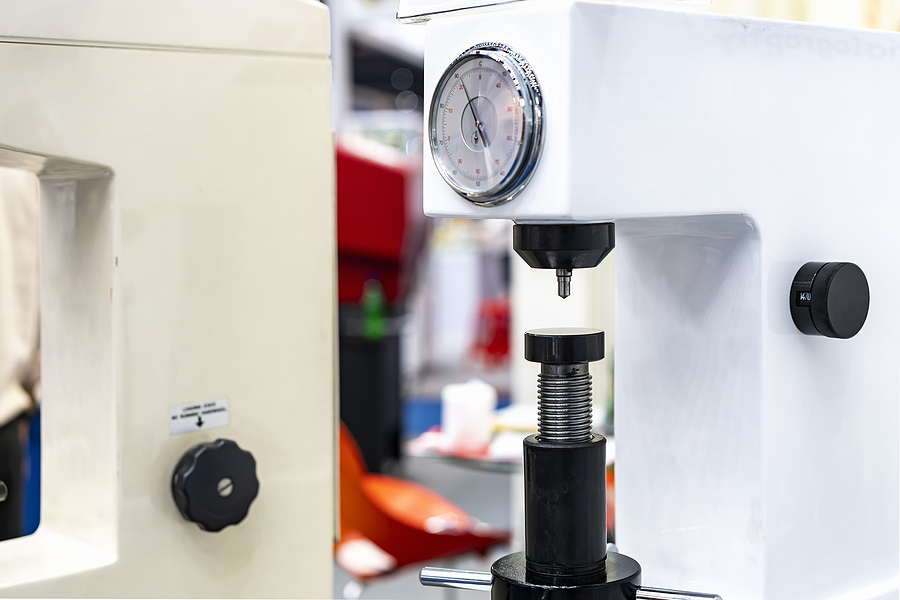May is the month of flowers, endless blooms in a multitude of colors delivering on all the promises made by April’s showers during grayer days. With that in mind, it’s hard not to appreciate a beautiful blossom this time of year. Many places around the world, think Holland and tulips, are famous for their flowers. But here in Minnesota a different kind of flour put us on the world map. We’d like to celebrate this May by taking a deeper look at the history of flour milling – worldwide and in the home state of PMG.
First Seeds
Archeologists can date the first tools used by man as far back as 250,000 years ago but those tools were primarily weapons used for hunting and protection. History didn’t see humans turn their tool-crafting talents towards agriculture until relatively recently, 10 to 15 thousand years ago. This transition in tooling, and the many conveniences of grain compared to “fresher” fare, led to commerce and that led to the first form of city living as we know it today.
Many advances in tool technology focused on planting, reaping, and threshing crops. But the ability to mill, and continued improvement of this ability, is what really unlocked the power of grain – by making it easier to swallow.
The point of milling has always been the separation of the outer parts (bran and germ) from the more digestible inner parts (endosperm) of the wheat berry. This happens through grinding between hard surfaces. The earliest examples were simply two stones that ground kernels into flour between them. Even the oldest villages excavated show, through dental records, that people dating back to 6,700 BC already knew to use stones to mill wheat.
Early Advances in Milling
Early Egyptians used saddle stones to grind flour. Later millers added levers to their millstones to create greater power which allowed them to grind greater quantities of wheat. The Greeks created the “hourglass mill” by extending the top stone to make a hopper to hold extra grain. Fabric or mesh was used to sift, in combination with grinding, to produce white flour. Milling has operated essentially unchanged in principle for thousands of years since, other than being continuously modified to harness ever-increasing power (men, animals, wind, and water) to turn the stones. It’s believed that the Romans were the first to use waterpower for milling around 100 B.C. 
By the 19th century industrial development made possible the invention of machines, like reapers and threshers, that greatly increased production of grains like wheat. This industrial revolution was also reflected in the design and construction of mills themselves. Shafts, belts, and gears helped carry more power farther from sources than ever before, allowing greater amounts of flour to be milled faster than ever. Next, stones were replaced by rollers in many mills. An American millwright named Oliver Evans then introduced screw conveyors to move grain and flour horizontally and bucket elevators for vertical movement. He assembled these machines, together with sifters or bolters, into the first continuous system in which wheat was milled into flour as a single uninterrupted operation. Equipment to clean the wheat to produce purer flour were also added and, with it, American milling was set to boom again.
Mid-Century Milling
The advances brought about by such industrial techniques, coupled with improvements in barge and rail transportation, as well as the westward expansion of wheat lands, forced milling centers to shift west as well. The center of milling is represented by the place that produces the largest output of flour. Continuous change in the cost of transportation for product and power for milling meant that the center of milling moved often to wherever wheat was most readily available, and shipment of finished flour was most economical. Following this equation, the center of milling migrated west from New York, Philadelphia, Baltimore, and St. Louis before eventually landing in Minneapolis in the late 19th Century.
This shifting prominence occurred at the same time a “New Process” was becoming standard in milling. This process used a harder wheat from Canada, slower milling speeds, and wider spacing of mill stones. These advancements, coupled together, created a finer quality flour that could be produced much more efficiently. By 1870, the average mill employed fewer than three people and could achieve extraction rates of 72% flour compared to 28% millfeed. This dramatic improvement in process made milling not only one of the oldest industries in history but also the first to be fully automated!
What really made the “New Process” of milling able to exceed the quality standards of the best European flours though was the invention of a Minnesota man. In 1865, Edmund La Croix constructed his first middlings purifier which greatly improved the typical yields of “highest grade” flour. This allowed for the continuous improvement of the flour stream all the way through the mill to final product and set the stage for advancements throughout the second half of the 1800s. This made possible the modern mill as we know it today.
Minneapolis Millers
The many technological advancements in mill technology, partnered with a convenient location relative to America’s heartland and its emerging position as a rail hub, allowed Minneapolis to surpass St. Louis as the nation’s center of milling by 1880. That year the city produced 2 million barrels of flour. By 1910, production had risen to 15.4 million barrels and Minneapolis had ascended to “Flour-Milling Capital of the World.”
World War I caused a spike in demand that peaked in 1916 when Minneapolis mills produced 18.5 million barrels – representing more than 20% of America’s total flour output. 90% of daily milling capacity was controlled by just three firms. They were the Washburn-Crosby Company (eight mills and 37,300 barrels), the Pillsbury Company (six mills and 29,300 barrels), and the Northwestern Consolidated Milling Company (six mills and 15,960 barrels). Pillsbury’s “A” Mill – the world’s largest – boasted a daily capacity of 12,000 barrels!
This capacity for quality and quantity led to Minneapolis being known as the “Mill City”, a boom in state industrial wealth, and the rise of several large companies that still dominate the industry today. Washburn-Crosby was best known for it’s Gold Medal Flour brand, a name that is still eponymous to Minnesotans. By 1921, Washburn-Crosby introduced the Betty Crocker brand and, in 1928, they combined with 28 other mills to form General Mills. In 2001, General Mills acquired Pillsbury and finally united Minnesota’s two largest and best-known flour producers.
Today’s Breadwinners
The original Washburn Mill was destroyed in an explosion in 1878. You can still see the ruins of that mill, and the famous Gold Medal Flour sign on the “new” mill (built in 1880) if you visit Minneapolis today. But the Mill City is no longer tops in flour production. China, India, and Russia all produce more wheat annually than the United States. America is also beat when it comes to milled flour exports, finishing in fourth behind Turkey, Kazakhstan, and Germany.
If this blog gave you something to chew on, and you’d like to learn more about how things are made, check out our article about how fireworks are made. Or you can watch this great video showing the process of modern flour production. And remember, the next time you cook up a question, we’re always happy to answer those too! Just send them to our writing team and we’ll try our best to answer them in a future blog.


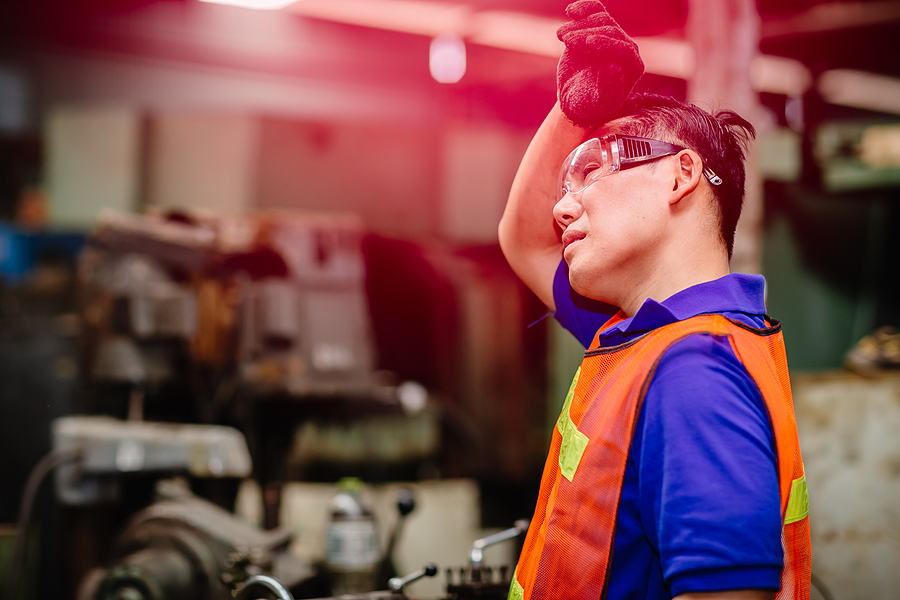
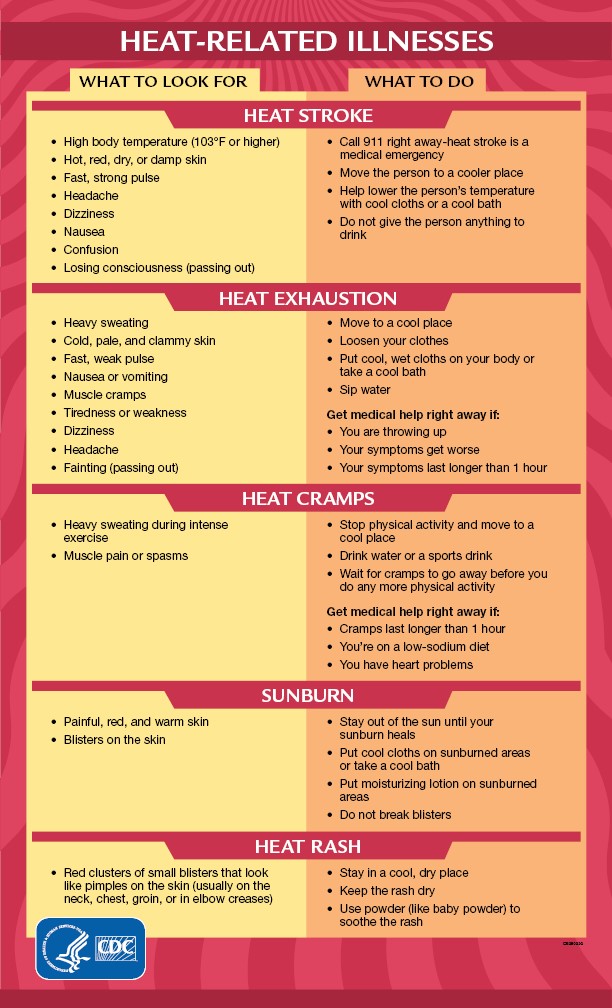
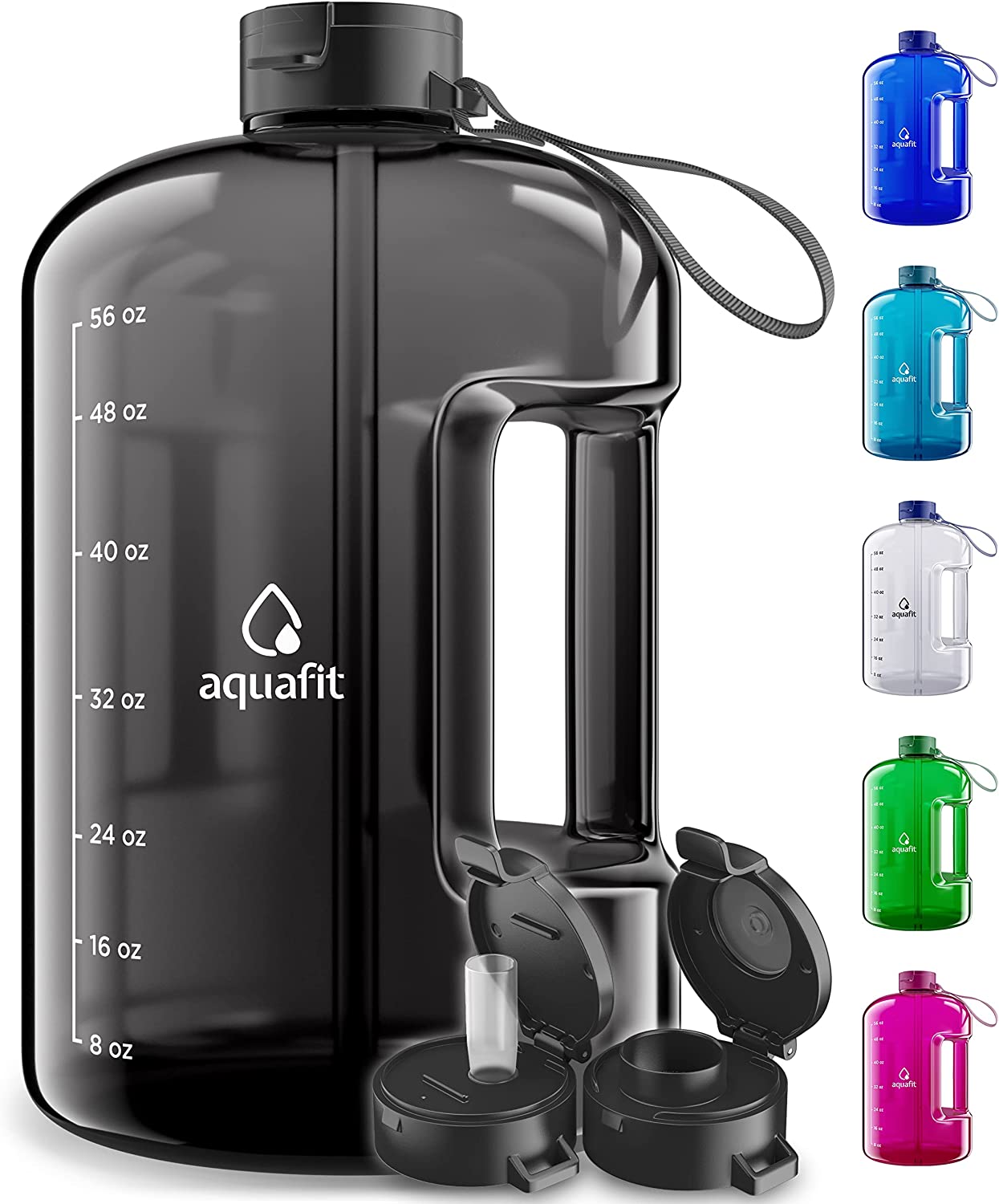

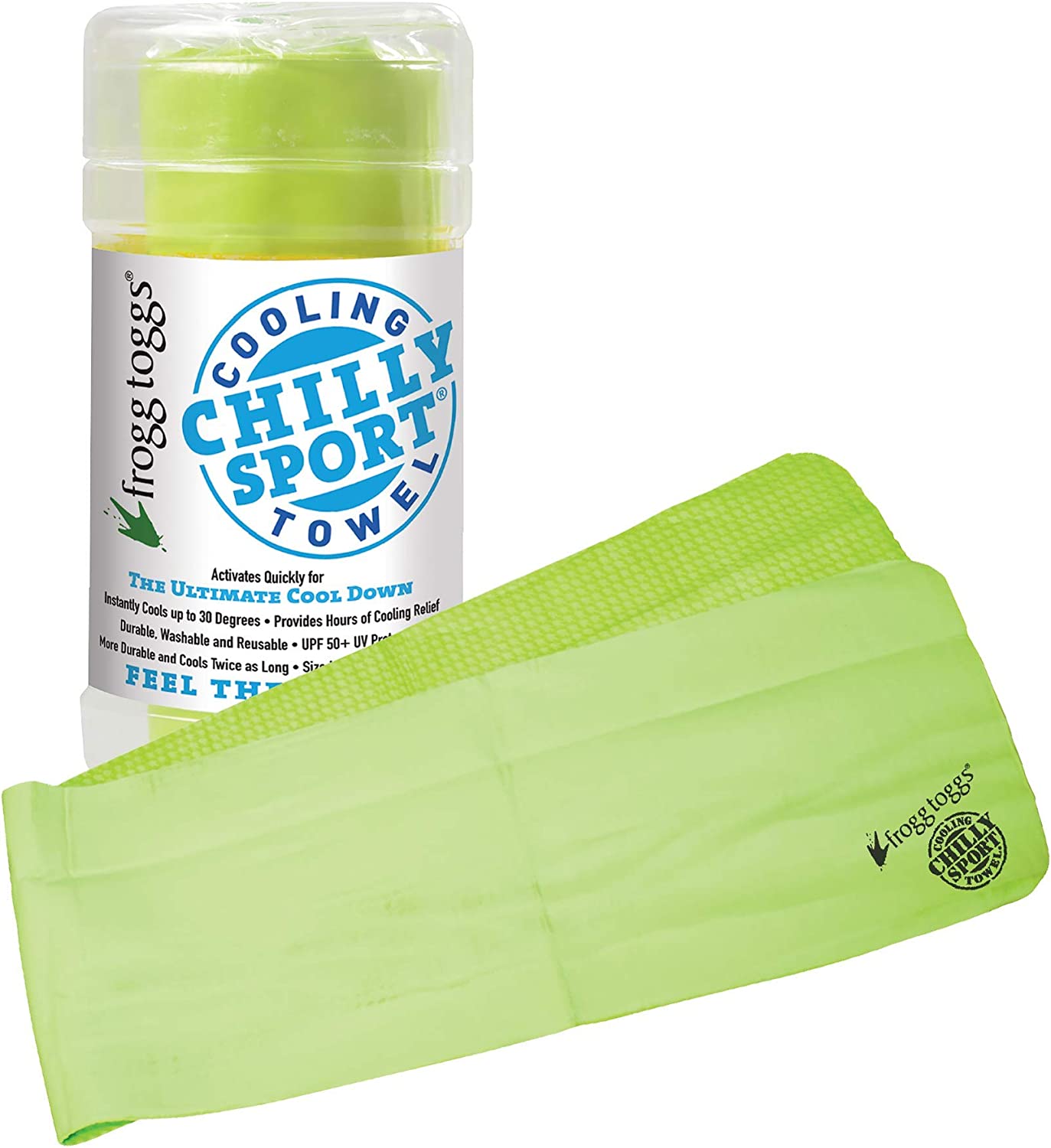

 In 1969, researchers working for the U.S. Advanced Research Projects Agency sent the first host-to-host message between laboratories at UCLA and Stanford. This marked
In 1969, researchers working for the U.S. Advanced Research Projects Agency sent the first host-to-host message between laboratories at UCLA and Stanford. This marked  3M chemist, Spencer Silver, stumbled upon a revolutionary type of adhesive during research that could stick and re-stick without leaving residue behind. But he didn’t know what to do with it
3M chemist, Spencer Silver, stumbled upon a revolutionary type of adhesive during research that could stick and re-stick without leaving residue behind. But he didn’t know what to do with it 